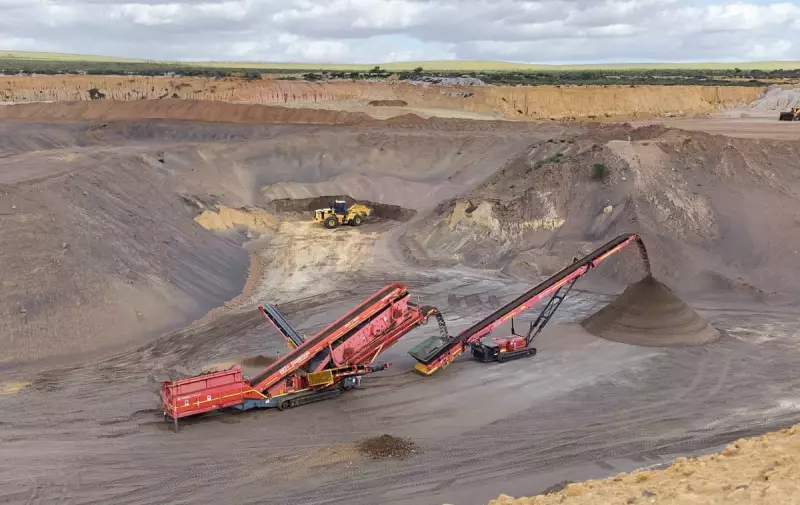
In a strategic move that could reshape global technology supply chains, Australia is mounting an ambitious challenge to China's long-standing dominance in rare earths and critical minerals. With billions in government backing and growing international partnerships, the land down under is positioning itself as a crucial alternative source for the materials powering everything from electric vehicles to defence systems.
The $4.5 Billion Bet on Sovereignty
The Australian government has committed a staggering $4.5 billion to turbocharge its critical minerals sector, with a particular focus on developing domestic processing capabilities. This represents more than just economic investment—it's a strategic play for supply chain security in an increasingly volatile geopolitical landscape.
"We're not just digging holes in the ground anymore," explains industry analyst Dr Sarah Chen. "Australia is building the entire value chain, from mine to manufacturing, creating sovereign capability that reduces Western dependence on any single nation."
China's Unshakeable Grip
Despite these ambitious efforts, China's position remains formidable. The Asian superpower currently processes approximately 90% of the world's rare earth elements and dominates the manufacturing of powerful rare earth magnets essential for wind turbines, electric vehicles and military equipment.
"China didn't achieve this dominance overnight," notes mining executive James Robertson. "They've spent decades building expertise and infrastructure. Catching up requires not just investment, but technological breakthroughs and sustained political will."
The American Alliance Strengthens
Australia's strategy leans heavily on international cooperation, particularly with the United States. The two nations are deepening their collaboration through initiatives like the Australia-United States Taskforce on Critical Minerals, sharing technology and coordinating investment to create a China-resistant supply network.
Recent developments include Lynas Rare Earths establishing processing facilities in both Texas and Western Australia, creating the first significant rare earths separation capacity outside China in decades.
Environmental Challenges and Opportunities
The push for critical minerals presents both environmental dilemmas and opportunities. While mining operations face scrutiny over their ecological footprint, these same minerals are essential for the clean energy transition.
- Rare earths are crucial for permanent magnets in wind turbines
- Lithium and cobalt power electric vehicle batteries
- Solar panels require silicon, silver and various specialty metals
"It's the ultimate paradox," says environmental policy expert Maria Gonzalez. "We need to extract minerals to save the planet from climate change, but we must do so responsibly. Australia has an opportunity to set new standards for sustainable mining."
The Road Ahead: Obstacles and Optimism
The path to challenging China's dominance is fraught with challenges. High processing costs, technical complexity and environmental regulations create significant hurdles. However, with geopolitical tensions rising and clean energy demand soaring, the economic and strategic imperative has never been clearer.
As one industry insider put it: "The world woke up to its over-reliance on China during the pandemic. Now we're seeing that same realisation hit the minerals sector. Australia isn't just selling rocks anymore—we're selling security and stability."





